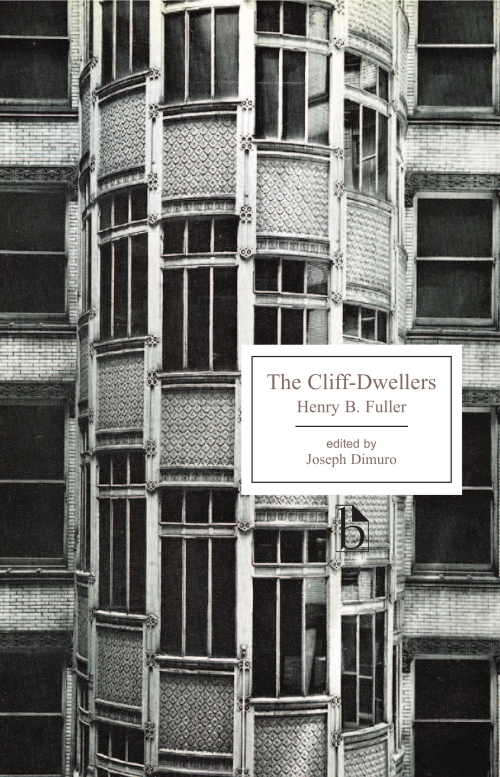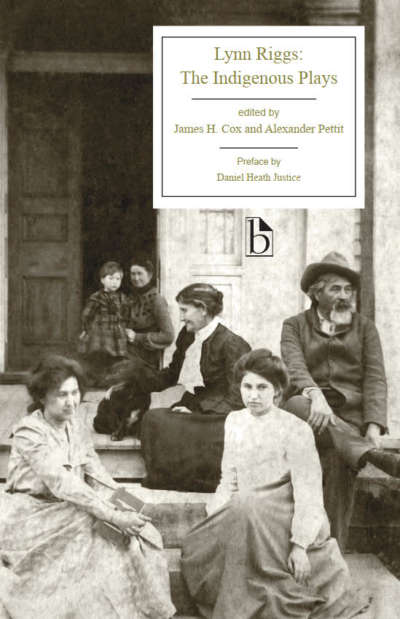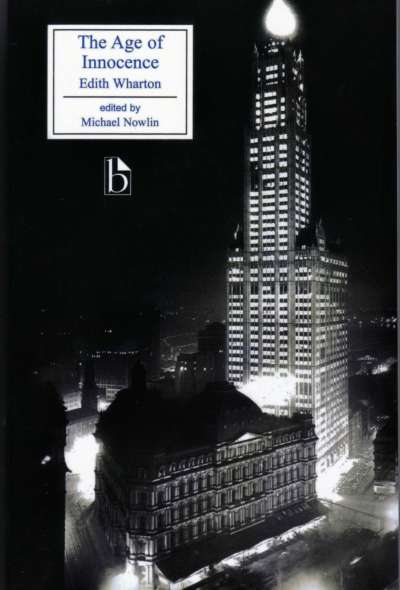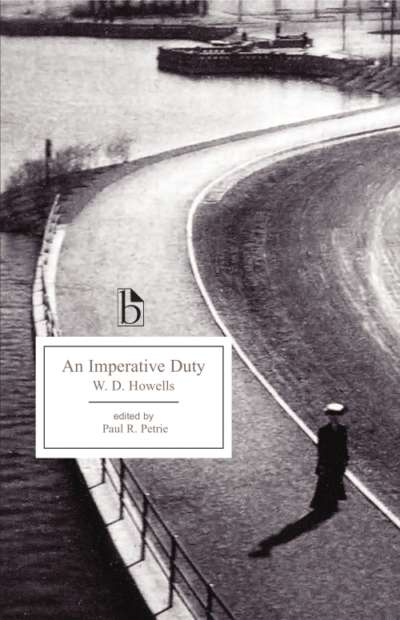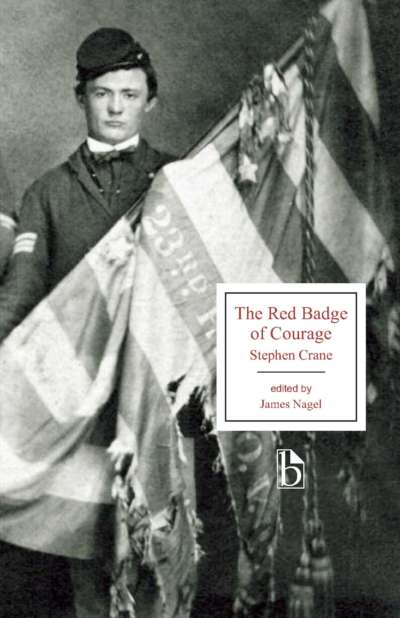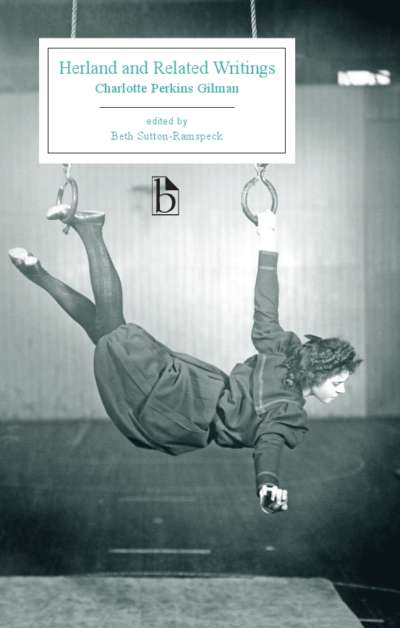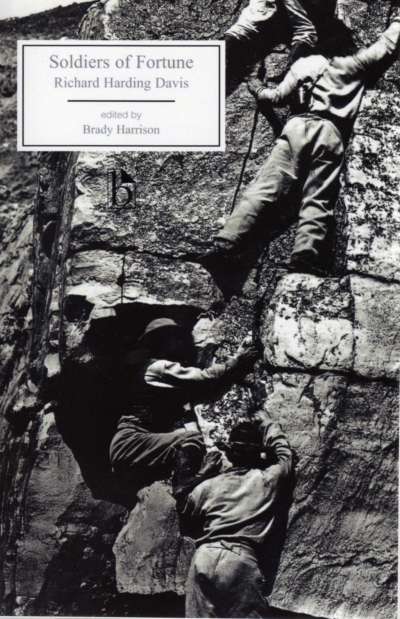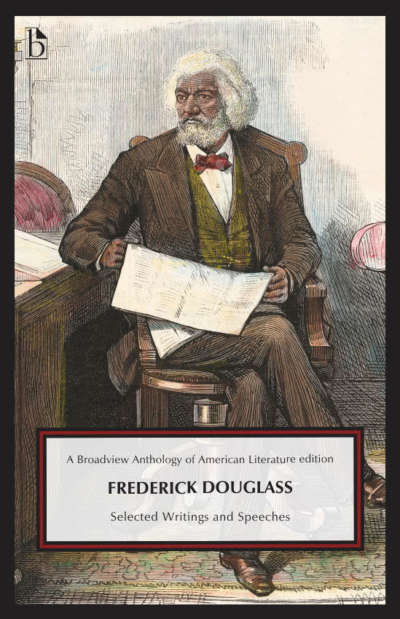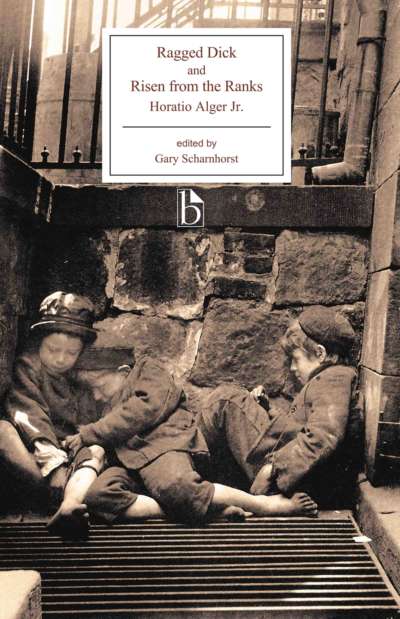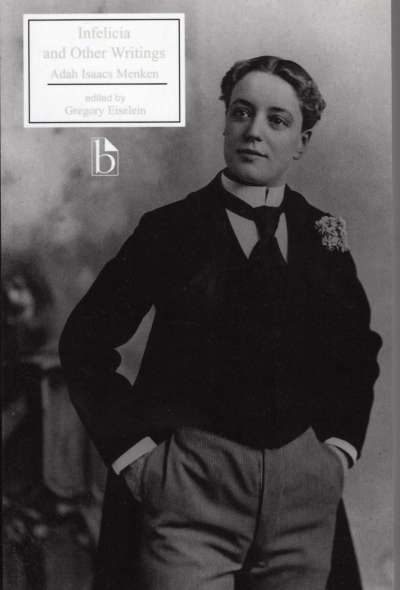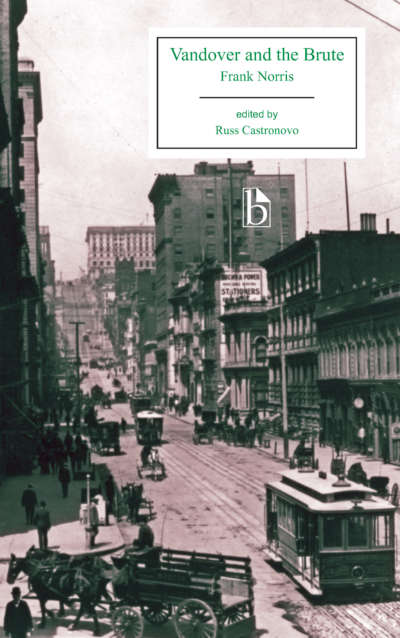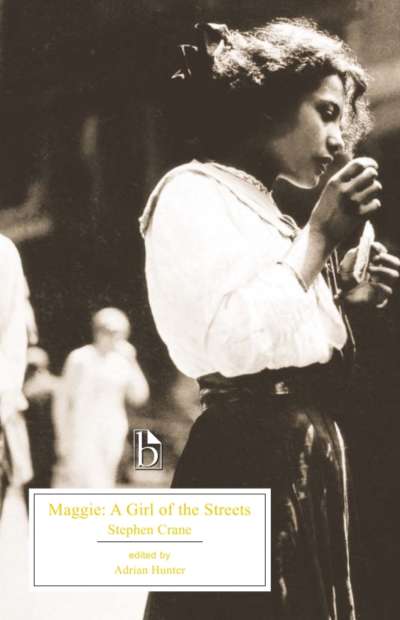
The Cliff-Dwellers was the first American realist novel to use the rapidly developing city of Chicago as its setting. Henry Blake Fuller’s depiction of social climbing and human depravity among the “cliff-dwelling” residents and workers in the new Chicago skyscrapers shocked readers of the time, and influenced many American writers that followed. With its frenetic pace and many interrelated stories, it remains a compelling document of Chicago’s social history, as well as a searing indictment of modern American life at the close of the nineteenth century.
The extensive appendices to this edition include Fuller’s literary criticism and his correspondence about the novel, reviews, and visual and historical materials on turn-of-the-century Chicago and literary realism.
Comments
“Broadview has done it again. Joseph Dimuro’s expertly assembled edition of Henry Blake Fuller’s
The Cliff-Dwellers places this important novel—one of the first representations of the modern American
city—in a set of productive and provocative historical, literary, visual, and socio-cultural contexts.
Dimuro’s introduction and carefully selected appendices connect Fuller and his text with contemporary currents in
literary realism, turn-of-the-century Chicago, urban history, and skyscraper architecture, while the novel itself
offers a tumultuous look into the lives and longings of the residents of the new American metropolis.” —
William Gleason, Princeton University
“The Cliff-Dwellers is a master work of Chicago and American urban realism. Henry Blake Fuller had no equal in understanding the complex human dynamics of the transformations that accompanied the creation of modern city life, including the vague but vivid hopes these changes inspired and the confusion and disappointments they inflicted. The novel is a brilliant realization of the social life and mentality of this place and time. This edition, with the deeply insightful commentary Joseph Dimuro offers and the wonderful array of contextual materials he assembles, at last gives this classic the attention and framework it deserves.” — Carl Smith, Northwestern University
List of Illustrations
Acknowledgements
Introduction
Henry Blake Fuller: A Brief Chronology
A Note on the Text
The Cliff-Dwellers
Appendix A: Fuller’s Correspondence about The Cliff-Dwellers
- Minna Smith to Henry Blake Fuller (1893)
- Henry Blake Fuller to Minna Smith (1893)
- Henry Blake Fuller to Erastus Brainerd (1893)
- Erastus Brainerd to Henry Blake Fuller (1893)
- Hamlin Garland to Henry Blake Fuller (1894)
- Hjalmar Hjorth Boyesen to Henry Blake Fuller (1894)
- Henry Blake Fuller to William Dean Howells (1893)
Appendix B: Contemporary Reviews
- William Morton Payne, The Dial (16 October 1893)
- William Dean Howells, Harper’s Bazar (28 October 1893)
- Mary Abbott, Chicago Post (31 October 1893)
- Laurence Hutton, Harper’s New Monthly Magazine (November 1893)
- Hjalmar Hjorth Boyesen, Cosmopolitan (December 1893)
- Atlantic Monthly (April 1894)
Appendix C: Fuller’s Literary Commentary
- “Howells or James?” (circa 1884)
- From “A Plea for Shorter Novels,” The Dial (30 August 1917)
- From “My Early Books” (1919)
- From Unpublished Review of Sinclair Lewis’s Main Street (circa 1920)
Appendix D: On Literary Realism
- From Hamlin Garland, “Productive Conditions of American Literature,” Forum (August 1894)
- From Hamilton Wright Mabie, “A Typical Novel,” Andover Review (November 1885)
- Theodore Dreiser, “True Art Speaks Plainly,” Booklovers Magazine (February 1903)
Appendix E: Turn-of-the-Century Chicago
- From Henry Blake Fuller, “The Upward Movement in Chicago,” Atlantic (October 1897)
- “Chicago Manners,” Harper’s Weekly (29 July 1893)
- From Henry Van Brunt, “The Columbian Exposition and American Civilization,” Atlantic (May
1893)
- From Julian Ralph, “Chicago—the Main Event,” Harper’s New Monthly Magazine
(February 1892)
- From Julian Ralph, “Chicago’s Gentle Side,” Harper’s New Monthly Magazine (July
1893)
- From Jane Addams, Twenty Years at Hull-House (1910)
Appendix F: Skyscrapers
- From Louis Sullivan, “The Tall Office Building Artistically Considered,” Lippincott’s
(March 1896)
- From George Ade, “After the Skyscrapers, What?” (1912)
- Henry Blake Fuller, “Architecture in America” (circa 1893)
Appendix G: Native Cliff-Dwellers
- From Frederick Schwatka, “Land of the Living Cliff-Dwellers,” Century (June 1892)
- From H.C. Hovey, “Homes and Remains of the Cliff Dwellers,” Scientific American (28 October
1893)
Appendix H: Other Illustrations
- Restored Tower and Cliff-Houses (1887)
- Photograph of Cliff Dwellers Exhibit, Columbian Exposition (1893)
- “Vicinity of the Board of Trade” (1893)
- “How It Might Be if the 6,000 People in the Monadnock Should Leave at One Time” (1896)
Select Bibliography
Joseph A. Dimuro is Lecturer in the Department of English at the University of California, Los Angeles.


